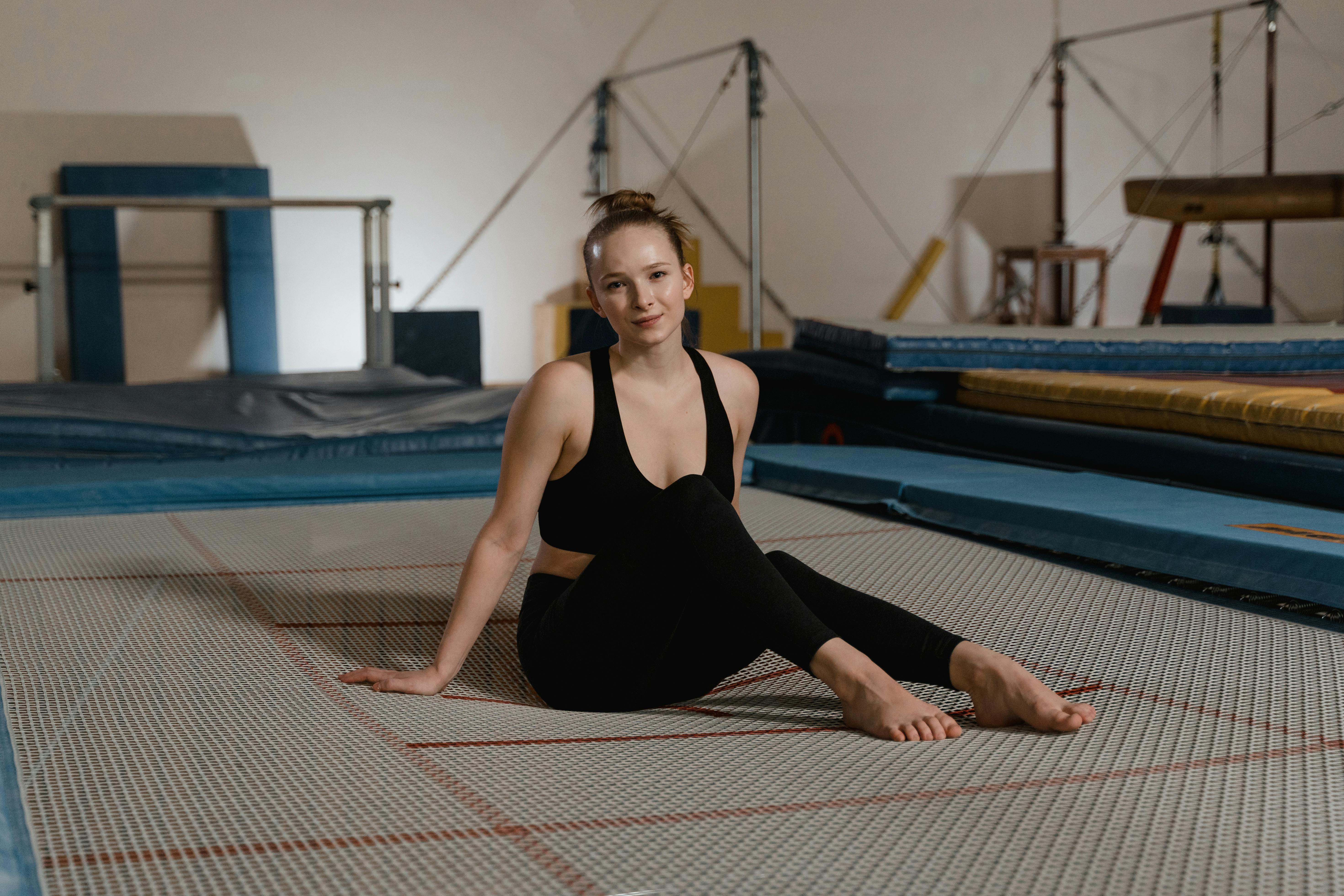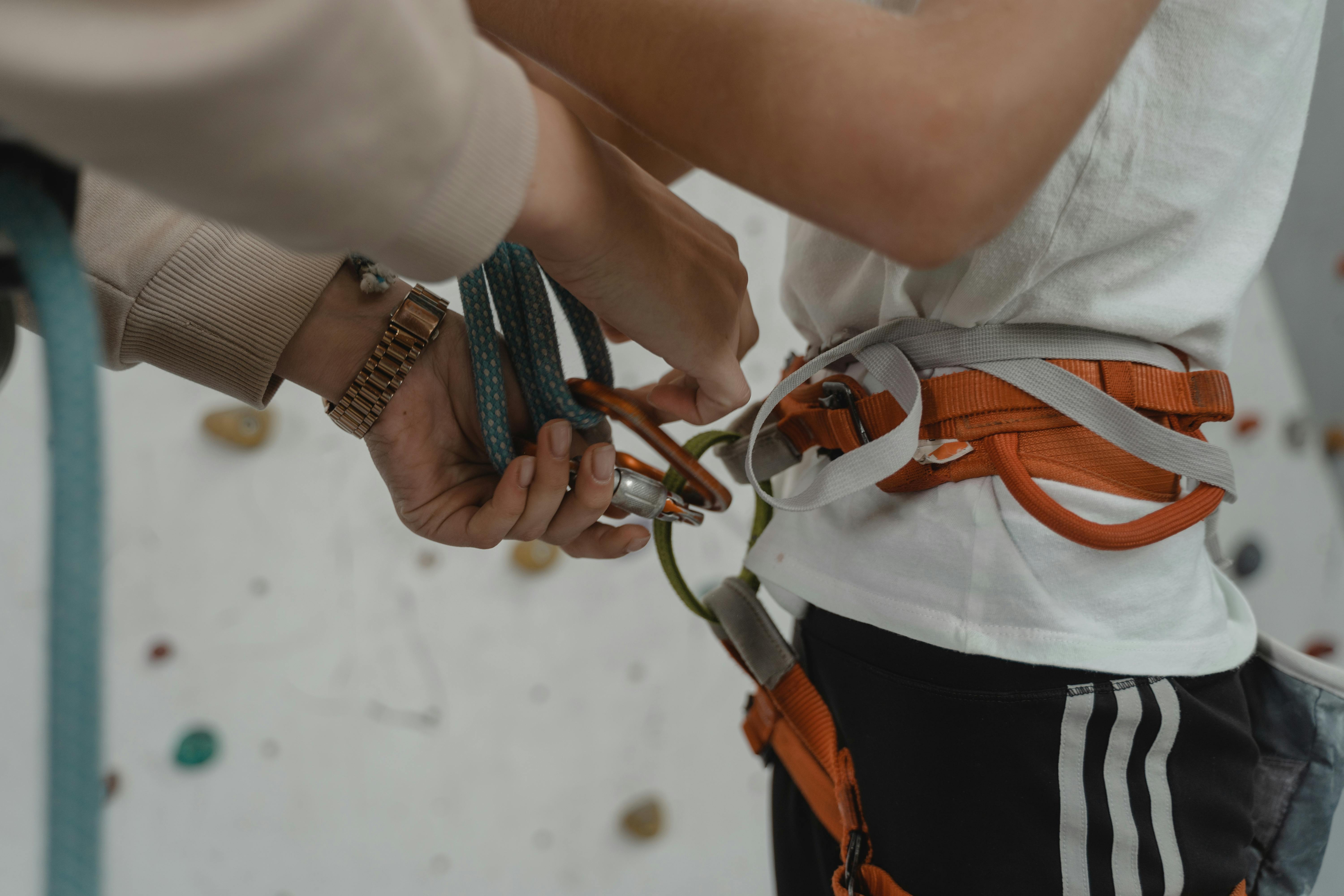Interacting with human beings sometimes requires knowing how to ask questions. But not just any question; the correct questions based on the objective and the person to whom the question is being asked. This applies to interactions with friends and family and to work relationships. What do you want or need to know? What is the question that is being asked? Different questions will produce different answers or no answers. Knowing what type of question to ask is essential to get the information you need or are looking for.
If there is a situation to clarify or information to have and your only request for information requires yes or no for an answer, you won’t get too far. Imagine a manager who needs to get to the bottom of a problem in a conflict between two employees. You sit down with each person involved in turn and ask them questions that need yes or no answers. It will take hours to get some kind of information. It could be something like this …
– Did you have an argument with X?
– Yes
– Did you start it?
– No
– So X started it?
– Yes
That could take forever.
On the other hand, more open questions could also lead some people not to know what or how to answer. Imagine a conversation between a manager and an employee who is often late …
– Why are you late so often?
– I dont know. I try to be on time
– But you’re often late. Why?
– I dont know
That too could take forever.
Different styles are needed in different circumstances and depending on the objective to be achieved and the characteristics of the person being asked. The most important aspect of any question is its answer: what is the question trying to discover? Questions should always be asked based on the goal to be achieved. Therefore, if confirmation or rebuttal is needed, a closed question that requires a YES / NO answer will be of great help. Closed questions can also be helpful when open conversation is difficult for any reason and to break the ice.
Therefore, if you are dealing with a very shy or angry person, open-ended questions may be impossible to handle. If that type of person is given the option to respond and volunteer information, they may feel blocked, stressed, or upset. We may need to use closed questions just to get them talking and relaxing a bit; Just to get the conversation going Imagine a scenario in which input is needed from a very angry or very surprised customer … If the questions we begin to ask are of the type why, the customer could lose control over their temper and simply let go of their anger or frustration. . If, on the other hand, you are offered a series of yes / no questions, that could give you the time and pace you need to calm down and slowly start a conversation that could result in more open-ended questions later on.
Closed questions are therefore very useful when trying to confirm or refute information and when trying to guide the conversation a lot.
If the goal is to get more information, open questions (who, when, how, why, where …) can help better if used correctly. If details are needed, open-ended questions offer the interviewee the possibility to provide them. Imagine a situation in which it is necessary to resolve a conflict between two employees. We saw in the previous example that closed questions would get the manager nowhere. Let’s explore a different scenario:
– How did the discussion with X start?
– Well, he took one of my tools and didn’t return it, so I had to go get it.
Just that first “how” question offers the manager much more information than any YES / NO question. Open questions give people the opportunity to express themselves. They help us to get more details. Let’s look at another example …
– Why do you feel upset?
– I feel annoyed that he should have returned the tool and not forced me to look for it. That wasted a lot of time.
– What else are you feeling?
– I’m really mad. I needed to finish something but I couldn’t because I needed that tool and then I had no time left.
– What would you like to do about it now?
– I’d like to make sure my tools stay at my post at all times.
By not “putting words in people’s mouths” and letting them express what they really think and feel, the conversation can expand and grow. Then people can explore aspects of the problem that they may not have thought of before. Open questions are also very powerful when trying to unlock certain situations. Let’s see an example:
– What do you want now?
– I don’t know (blocked)
– How do you feel now?
– Disappointed. This is how I feel. I wanted the company to organize jobs better.
– How would you organize them?
– I’d make sure …
By changing the question and giving the person the opportunity to explore other aspects of the same problem, a conversation can be unlocked and more information shared. If the goal is to get more details, understand the person being asked, move on, open-ended questions can help a lot.
Today, companies and professionals use many systems and question sets to try to obtain information and help situations evolve faster and better. Toyota, for example, created a 5-question system to help analyze problems by repeating “why” to all the answers offered when investigating a situation. Example:
– Why did you get into the discussion?
– Because he took my tools
– Why did he take your tools?
– Because I didn’t have any
– Why didn’t he have any?
– Because we need to share a set with the worker who is next to us and that person was wearing his.
– Why do you have to share the tools?
– Because the company believes that a game for two people is enough
– Why do you think that?
– Because it usually is. But they forgot to consider rush hour and individual speed.
The system applies the logic just explained: ask open-ended questions to get more information. Toyota decided that five “why” questions would give them enough information to understand the underlying problem in order to solve it. Again, the questions are asked to satisfy a certain objective: to obtain enough information to solve a problem. The “why” set of questions is fine in this case because the goal is to get that information.
However, the why questions may not be correct in other circumstances. If the objective is to obtain information from a person who does not understand the situation for any reason (lack of knowledge, fear, guilt …), the “why” could block that person, in which case, other open questions. could help better. Imagine a situation in which a person feels guilty …
– Why did you take those tools?
– I don’t know (blocked)
– Why did you act that way?
– I already said I don’t know! (maybe getting angry …)
Change questions …
– What did you need those tools for?
– I needed them to put the pieces together.
– Where were your own tools?
– I can not find them. I think I lost them.
By changing the open question, we unlock the conversation once again, offering the interviewee the opportunity to respond and explore. This example clearly shows how the goal and characteristics of the person are what really matter. If we insisted on asking why questions, the person would be completely blocked and no information would be obtained. The goal was to get the information.
Keeping the objective in mind and considering the characteristics of the person are the keys to asking the right questions.
One last very important aspect to consider when asking questions is pacing. People need enough time to think about their answers and give them. At the same time, when given too much time, people can feel blocked for not giving an answer. Closed questions take less time to answer. The open ones should not rush. If a person does not answer a question even when given enough time, a different type of question should be asked. Observation is key in this aspect of questioning. If the interviewee becomes nervous or upset, make sure that the questions posed do not overlap each other and that the answers given are not interrupted. Also make sure the person looks relaxed and comfortable. When in doubt, ask them if the rhythm is okay for them.
Therefore, asking questions should always consider both the goal to be achieved and the person being asked. Keep in mind that your process will be much more rewarding and complete.
And remember to enjoy life … EVERYTHING



